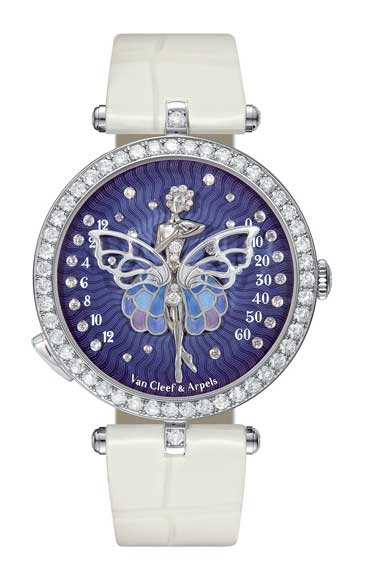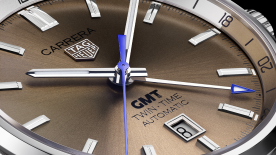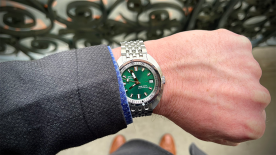A watch is all about being obvious. It tells time and in order to do so, it has to be as blatant as possible, unless... There has always been a playful side to watches. As an accessory, they are an opportunity to play with discovery, hidden faces and double entendre. Two types of watches are based on the idea of not revealing everything at once, of inviting to take a closer look. To them, the element of surprise is key.

The most ancient and widespread approach is the secret watch. It is generally a women's watch, generally set with precious stones. Half jewel, half timepiece, it relies on the versatile nature of jewels, which can easily transform. In the form of a bracelet or a pendant, sometimes even a powder compact or a lighter, a secret watch is only revealed after lifting or sliding a cover under which lies a pair of hands. It follows ancient rules of discretion, from a time when looking at one's wrist in society meant one was bored. Hiding the watch within the jewel therefore performs a social function, politeness, besides the obvious one of displaying one's wealth and taste. Both Cartier and Chaumet are experts at making time disappear under a cloak of stones.
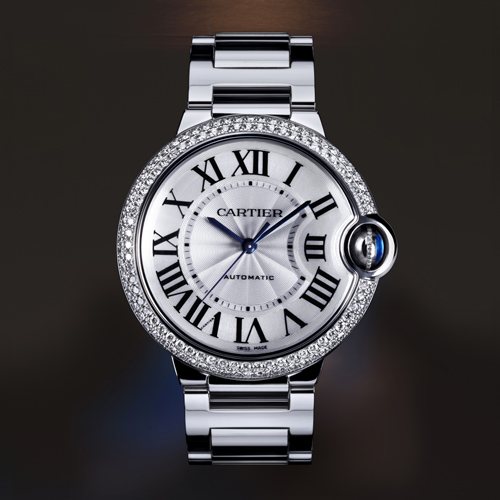
Some secret watches are not in the guise of jewels. Some of them have a hidden compartment, like in ancient cabinets, which goes unnoticed until triggered. Then, a secret is revealed, a message in the form of a picture, an engraving. Laurent Ferrier will execute special orders kept under a fan-like dial in their Galet Secret. Jacob&Co. has invented the Caligula that combines a hidden scene with an automaton activated by the crown...as a matter of fact it is often an erotic scene, in which the movement is applied to hips...

The second type of game a watch can play is not to display the time correctly, or even coherently. Meant as a riddle on the nature of time, these watches combine a philosophical message with original complications. The Heure Masquée from Hermès only shows a minute hand. When the 9 o'clock pusher is activated, the hours jump out from their hiding place, which is under the aforementioned minute hand. Richard Mille's RM 63-01 Dizzy Hands can either tell time or go completely berserk, with both hands and the sapphire dial spinning and spinning until the movement runs out of energy. In order to achieve what? Nothing. It's just for fun.
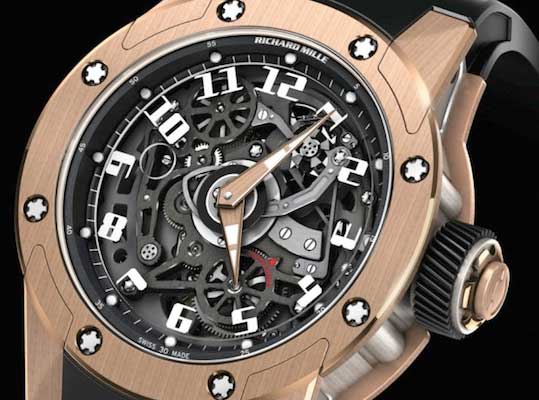
Displaying time on demand only is a classic, although rare, complication. Van Cleef & Arpels has understood its potential. In their Poetic Complication series, the Ballerine Enchantée harnesses the power of mechanical complications to deliver an enchanting message. When asked, the ballerina sculpture's butterfly wings rise until they reach a position that fleetingly tells us what time it is. After a while, they fall back into place, slowly, gracefully. Harry Winston's Opus 7 by Andreas Strehler works on a different plane. When idle, it indicates nothing, happy to just show its beautiful movement. When the crown is pressed, it shifts to showing the hours. Another push and it displays the minutes. A third and last push and the power reserve appears. Curiosity may have killed the cat but it certainly gave watchmakers some pretty interesting ideas.
